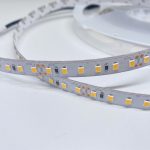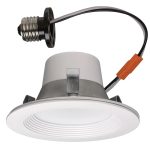LED Light Bulbs: Exploring the Downsides and Disadvantages You Need to Know
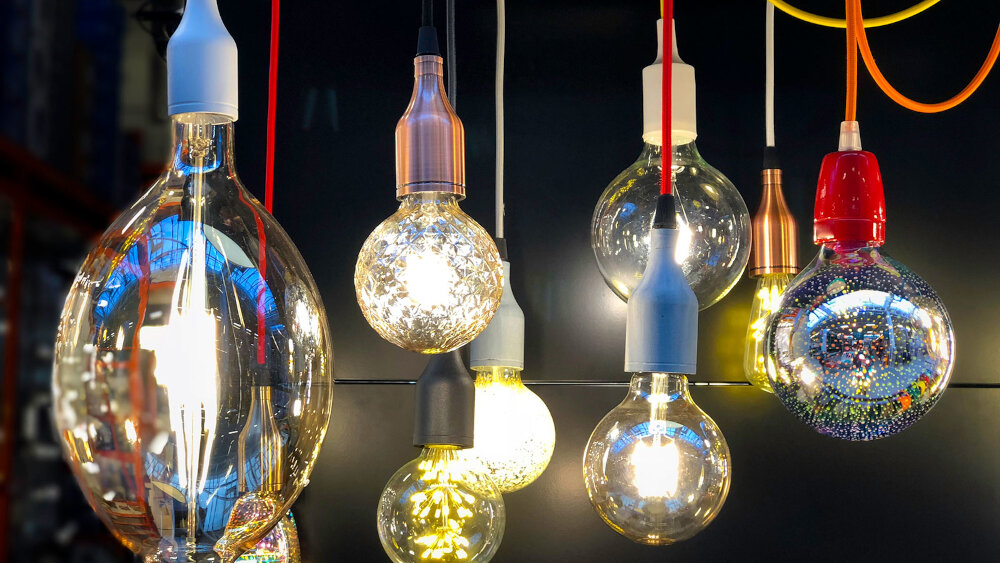
LED light bulbs have been touted as the future of lighting. They are energy-efficient, long-lasting, and eco-friendly. However, like any other technology, LED light bulbs have their downsides and disadvantages that you need to be aware of before making the switch. While they are a great option for many, it is important to understand the potential drawbacks so you can make an informed decision. One of the main disadvantages of LED light bulbs is their initial cost. They are more expensive than traditional incandescent bulbs or even compact fluorescent bulbs. While the cost has come down significantly in recent years, the initial investment can still be a barrier for some consumers. Additionally, some LED bulbs require specific fixtures or dimmers, which can add to the overall cost. However, it is important to note that LED bulbs last much longer than traditional bulbs, so the initial investment can be worth it in the long run.
LED light bulbs, also known as light-emitting diode bulbs, are a popular and energy-efficient alternative to traditional incandescent bulbs. They are designed to emit light using a semiconductor material that produces light when an electric current is passed through it. LED bulbs have a longer lifespan than traditional bulbs, use less energy, and emit less heat. They also offer a range of colors and brightness levels that can be adjusted to suit different needs. However, LED bulbs do have some downsides and disadvantages that need to be considered before making the switch. These include their high initial cost, potential for flickering or inconsistent lighting, and issues with dimming compatibility.
When it comes to LED light bulbs, it’s essential to understand the downsides and disadvantages that come along with their usage. While LED bulbs are energy-efficient, long-lasting, and eco-friendly alternatives to traditional incandescent bulbs, they do have some drawbacks that should be considered before making the switch. Being aware of the downsides, such as the initial cost, potential health risks, and potential issues with dimming, can help consumers make informed decisions about whether LED bulbs are the right choice for their homes or businesses. Ignoring the downsides and only focusing on the benefits could lead to disappointment, frustration, and even health problems in the long run. Therefore, it’s crucial to explore the downsides and disadvantages before making any big decisions regarding LED lighting.
Higher Upfront Cost
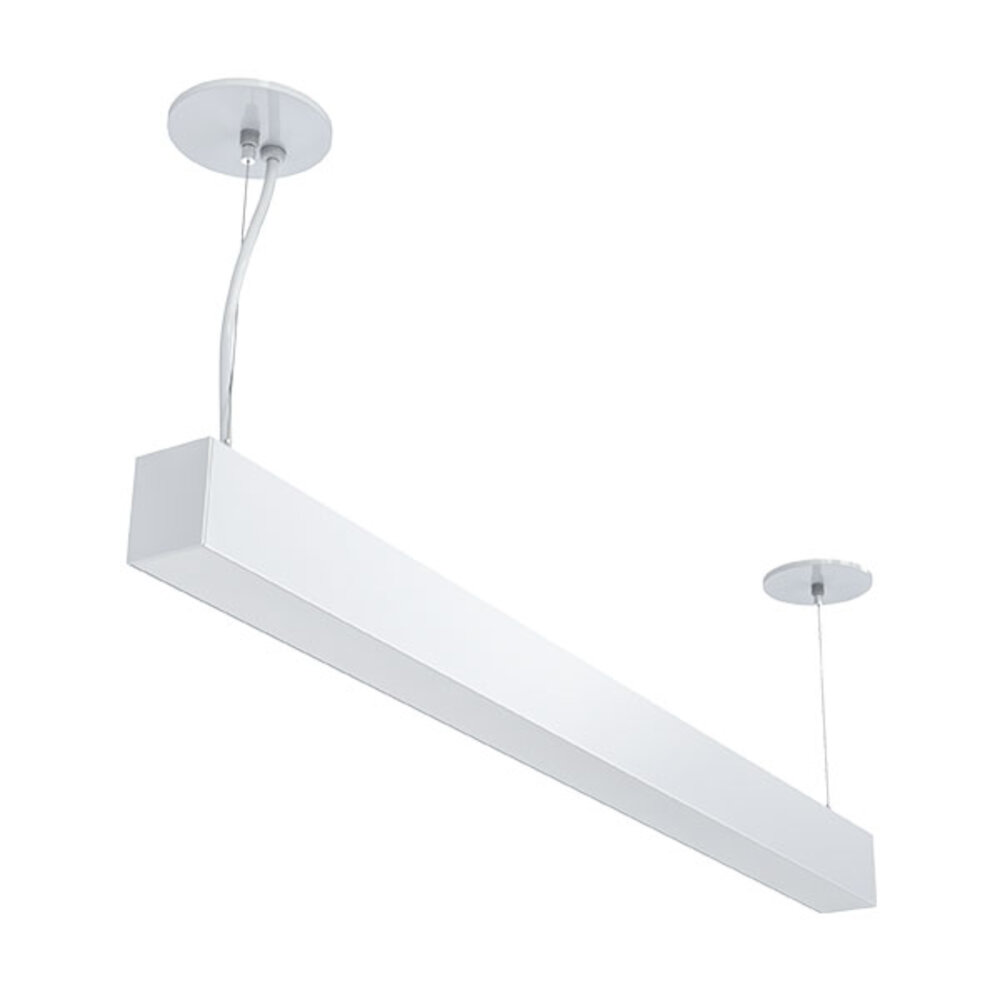
When it comes to LED light bulbs, one of the major downsides that you need to be aware of is their higher upfront cost. While LED bulbs are more energy-efficient and long-lasting than traditional incandescent bulbs, they do come with a higher price tag. This can be a turn-off for some people who are looking to save money on their lighting costs upfront. However, it’s important to keep in mind that while the initial investment may be higher, the long-term savings are significant. LED bulbs can last up to 25 times longer than incandescent bulbs, which means that you’ll save money on replacements over time. Additionally, LED bulbs use up to 80% less energy than incandescent bulbs, which can add up to significant savings on your energy bills. Another factor to consider when it comes to the higher upfront cost of LED bulbs is the quality of light they provide. LED bulbs are known for producing a brighter, more natural-looking light than incandescent bulbs. This can be a major advantage if you’re looking to create a well-lit and comfortable environment in your home or office. Additionally, many LED bulbs are dimmable, which means that you can adjust the brightness to suit your needs. While the initial cost of LED bulbs may be higher than incandescent bulbs, the long-term benefits and quality of light make them a worthwhile investment for many people.
LED bulbs are more expensive than traditional bulbs due to the advanced technology used in LED manufacturing. Unlike traditional bulbs, LED bulbs use semiconductors to generate light, which is a more complex and expensive process. In addition, LED bulbs require additional components such as heat sinks and drivers to regulate the amount of electricity flowing through the bulb, further adding to the cost. However, while the initial cost of LED bulbs may be higher, they are more energy-efficient and longer-lasting than traditional bulbs, ultimately saving consumers money in the long run. So, investing in LED bulbs can be a smart choice for those who want to reduce their energy bills and carbon footprint.
When it comes to LED light bulbs, initial costs can be a turnoff for some consumers. While they are more expensive than traditional incandescent bulbs, the long-term cost savings are undeniable. LED bulbs use significantly less energy than their counterparts, resulting in lower electricity bills and longer lifespans. In fact, LED bulbs can last up to 25,000 hours, which means you won’t have to replace them as often as traditional bulbs. Additionally, LEDs are more durable and resistant to breakage, reducing the need for replacements due to damage. So, while the initial cost of LED bulbs may seem high, the long-term cost savings make them a smart investment for any homeowner or business owner looking to save money and reduce their carbon footprint.
Color Temperature Issues
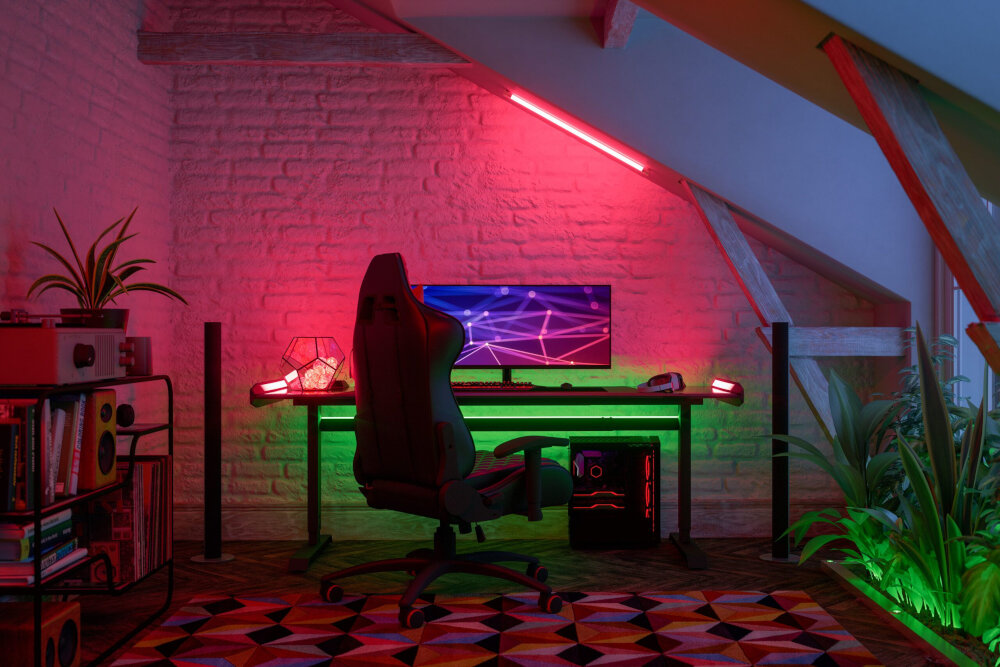
Color temperature issues refer to the color hues of LED light bulbs that can cause discomfort and strain on the eyes. LED light bulbs have a higher color temperature, which means they emit a bluish-white light that can cause glare and make it difficult for people to see or focus on objects. This can be especially problematic for those who spend long periods in front of computer screens or reading documents, as it can cause eye strain and fatigue. Additionally, LED bulbs can also affect the body’s natural sleep cycle by suppressing melatonin production, which can lead to difficulties sleeping at night. Another issue with color temperature is that it can affect the overall ambiance and atmosphere of a space. LED bulbs with higher color temperatures can give off a clinical, sterile feel, which may be undesirable in certain environments such as restaurants or homes. On the other hand, LED bulbs with lower color temperatures can provide a warmer, cozier atmosphere that may be more appropriate for relaxation or socializing. Therefore, it’s essential to consider the color temperature of LED bulbs when choosing lighting options to ensure they are appropriate for the intended space and purpose.
Color temperature is a term that describes the hue or tone of a light source. It is measured in Kelvin (K) and refers to the color that a light source emits when it is heated to a particular temperature. The lower the Kelvin value, the warmer and more yellow the light appears, while the higher the Kelvin value, the cooler and bluer the light appears. This characteristic of light has a significant impact on the lighting environment and can influence the mood and perception of a space. For instance, warm lighting is typically associated with relaxation and comfort, while cool lighting is often used to enhance focus and productivity. Therefore, understanding color temperature is crucial when selecting lighting sources for different settings, as it can drastically affect the overall ambiance of a space.
While LED bulbs are known for their energy-efficiency and long-lasting lifespan, they may not always be the best option for producing warm, cozy lighting. One of the main issues with LED bulbs is that they emit a cooler, bluish-white light that can be harsh and uninviting. This is because LED bulbs are designed to mimic daylight, which can be beneficial in certain settings, but not always ideal for creating a cozy atmosphere. Additionally, some LED bulbs may have a high color temperature, which can further contribute to a cool, sterile environment. To combat this issue, LED bulbs with a lower color temperature or the use of warm-colored filters can be employed, but this may result in a sacrifice of energy efficiency.
Incompatibility with Dimmer Switches
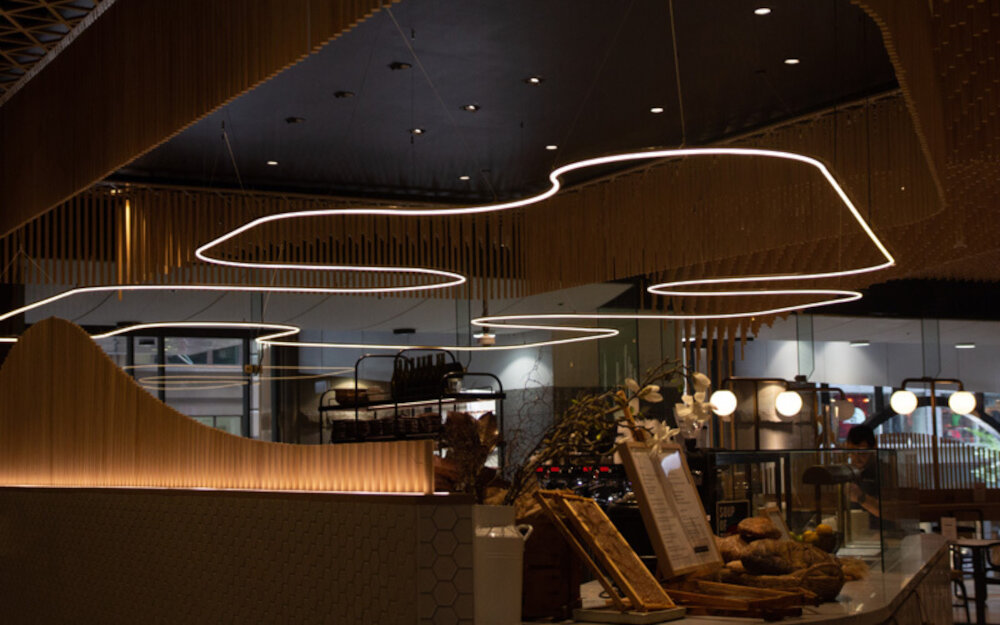
One of the significant downsides of LED light bulbs is their incompatibility with dimmer switches. While incandescent bulbs can be easily dimmed with a simple flick of a switch, LED bulbs are not compatible with most existing dimmer switches. This incompatibility is mainly due to the unique electronic properties of LED bulbs, which require a specific type of dimmer switch to function correctly. If you try to dim an LED bulb with an incandescent dimmer switch, it can result in flickering, buzzing, or even damage to the bulb. Moreover, using an incompatible dimmer switch can also reduce the lifespan of your LED bulb, making it a frustrating and expensive experience for you. To use LED bulbs with dimmer switches, you need to buy a specific type of dimmer switch that is compatible with LED technology. These dimmer switches use a different mechanism to adjust the brightness of the bulb, and they are often more expensive than traditional dimmer switches. Additionally, you may also need to ensure that the LED bulbs you are using are compatible with the dimmer switch you are using. Some LED bulbs are not designed to work with dimmer switches at all, and using them with a dimmer switch can result in unpredictable and inconsistent results. Therefore, it’s essential to do your research and invest in the right type of dimmer switch and LED bulbs to ensure a smooth and hassle-free dimming experience.
LED bulbs are a popular choice due to their energy efficiency and long lifespan, but they can present compatibility issues when used with traditional dimmer switches. The main reason for this is that LED bulbs require a much lower wattage than traditional bulbs, and dimmer switches are designed to work with higher wattage bulbs. As a result, when an LED bulb is used with a traditional dimmer switch, it may not dim properly, flicker, or make a buzzing sound. To avoid these issues, it is important to use a dimmer switch that is specifically designed for use with LED bulbs. These switches are designed to handle the lower wattage of LED bulbs and provide a smooth and consistent dimming experience.
Upgrading to LED light bulbs can be a cost-effective and energy-efficient decision, but it’s important to be aware of the potential downsides. One of these downsides is that LED lights may not be compatible with older dimmer switches. Many older dimmer switches were designed for incandescent bulbs, which use more energy and emit more heat than LED bulbs. As a result, homeowners may need to replace their dimmer switches if they want to use LED bulbs with full dimming capabilities. Retrofitting the switch with a compatible LED dimmer is a relatively simple and affordable solution. However, if you’re not comfortable doing electrical work yourself, it’s important to hire a licensed electrician to ensure the job is done safely and correctly.
Disposal and Environmental Concerns
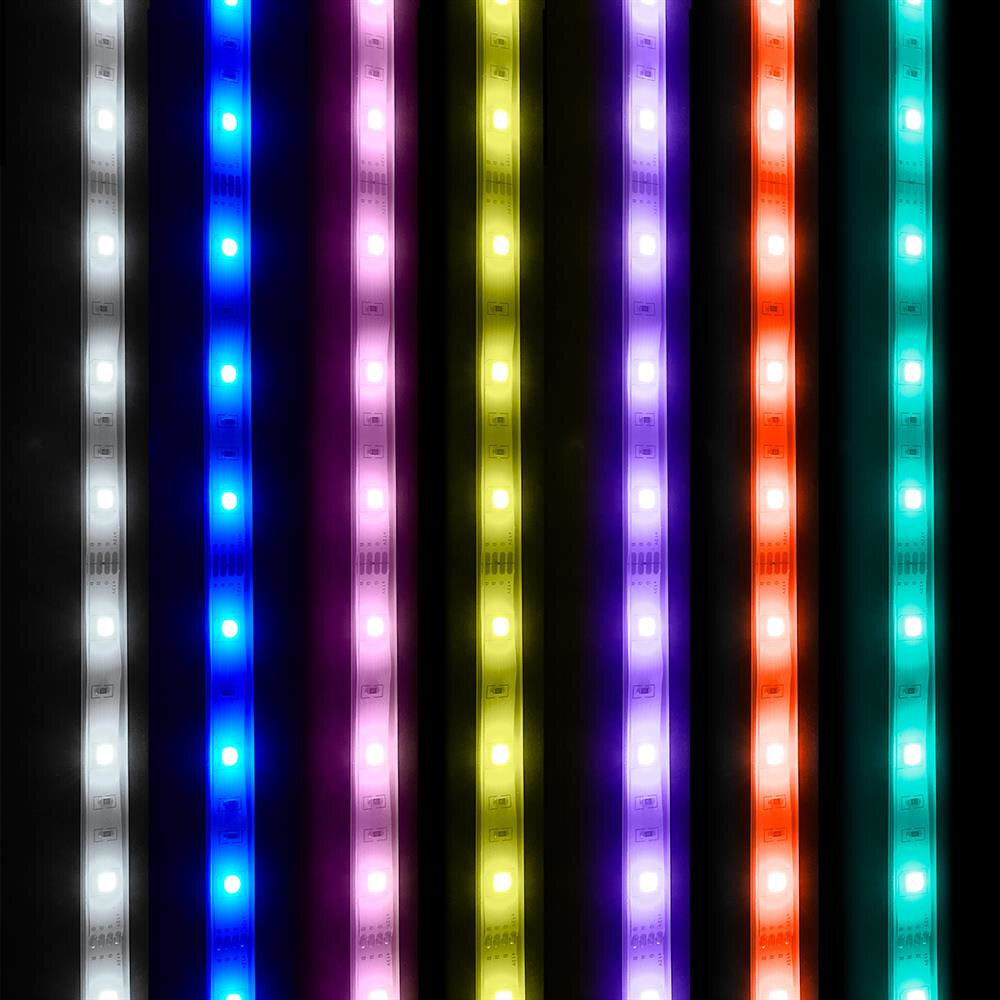
The disposal of LED light bulbs is a significant environmental concern. While LED bulbs are more energy-efficient and long-lasting compared to traditional incandescent bulbs, they contain hazardous materials such as lead and arsenic. These materials can cause harm to the environment and human health if not disposed of properly. Therefore, it is crucial to recycle used LED bulbs instead of throwing them in the garbage. Many cities have recycling programs that accept LED bulbs, and consumers can also check with their local hardware or home improvement stores for drop-off locations. In addition to disposal concerns, LED light bulbs also have environmental impacts during their production. The manufacturing process requires energy and resources, including rare earth metals and other materials that are often mined in environmentally damaging ways. Moreover, the transportation of these materials and finished products contributes to greenhouse gas emissions. While LED bulbs have a lower environmental impact overall than traditional bulbs, consumers should still consider the environmental costs associated with their production and disposal. Choosing LED bulbs with minimal packaging and buying locally produced products can help reduce their environmental impact.
LED bulbs, despite their energy efficiency and cost-effectiveness, contain hazardous materials that can cause harm to both humans and the environment. The most notable hazardous material found in LED bulbs is mercury. Although the amount of mercury in LED bulbs is significantly lower than that in traditional incandescent bulbs, it can still be dangerous if not handled properly. In addition to mercury, LED bulbs also contain other hazardous materials such as arsenic, lead, and cadmium. These materials are used to create the colors in the LED bulbs and are often found in the electronic components used to power the bulbs. It is important to properly dispose of LED bulbs to prevent these hazardous materials from contaminating the environment and causing harm to wildlife and humans.
The disposal and recycling of LED light bulbs have both positive and negative impacts. On one hand, LED bulbs are more environmentally friendly than traditional bulbs because they do not contain toxic materials such as mercury. However, they do contain small amounts of materials that can be harmful to the environment if not disposed of properly. The recycling of LED bulbs is also a challenge because they are made of a complex mix of materials that require specialized equipment to separate and recycle. Additionally, many people may not be aware of the proper disposal methods for LED bulbs and may not recycle them at all, leading to more waste in landfills. Therefore, it is important to educate people about the proper disposal and recycling methods for LED bulbs to minimize their negative environmental impact.
LED bulbs have become increasingly popular due to their energy efficiency and long lifespan. However, there are several downsides and disadvantages that should be considered before making the switch. Firstly, LED bulbs are more expensive upfront compared to traditional incandescent bulbs. Additionally, LED bulbs can emit a harsh, cool-toned light that some people may find unappealing. Furthermore, some LED bulbs are not compatible with dimmer switches, which can limit their versatility. Finally, LED bulbs can also contain small amounts of hazardous materials such as lead and arsenic, which can cause environmental harm if not disposed of properly. While LED bulbs have many benefits, it is important to weigh these downsides before making the switch.
If you are a homeowner who is considering switching to LED light bulbs, it is important to weigh the pros and cons before making the switch. On the one hand, LED bulbs are energy-efficient, long-lasting, and environmentally friendly, making them a great choice for those who want to reduce their carbon footprint and save money on their electricity bills. However, LED bulbs can also be more expensive to purchase upfront than traditional incandescent bulbs, and some people may find the quality of light they produce to be less warm or inviting. Additionally, if you have a lot of dimmer switches in your home, you may need to replace them with ones that are compatible with LED bulbs in order to get the full benefits of this technology. Ultimately, it is up to each individual homeowner to decide whether the pros outweigh the cons when it comes to making the switch to LED light bulbs.
In conclusion, LED bulb technology has come a long way and holds great promise for the future of lighting. Despite the initial cost barrier, the long-term energy savings and durability make them a worthwhile investment. However, there are still some downsides and disadvantages that must be considered, such as issues with dimming compatibility and potential health concerns. It is important for manufacturers to continue improving LED bulb technology to address these concerns and make them even more efficient and environmentally friendly. As consumers, it is important to weigh the pros and cons and make informed decisions when selecting lighting options for our homes and businesses.
Conclusion
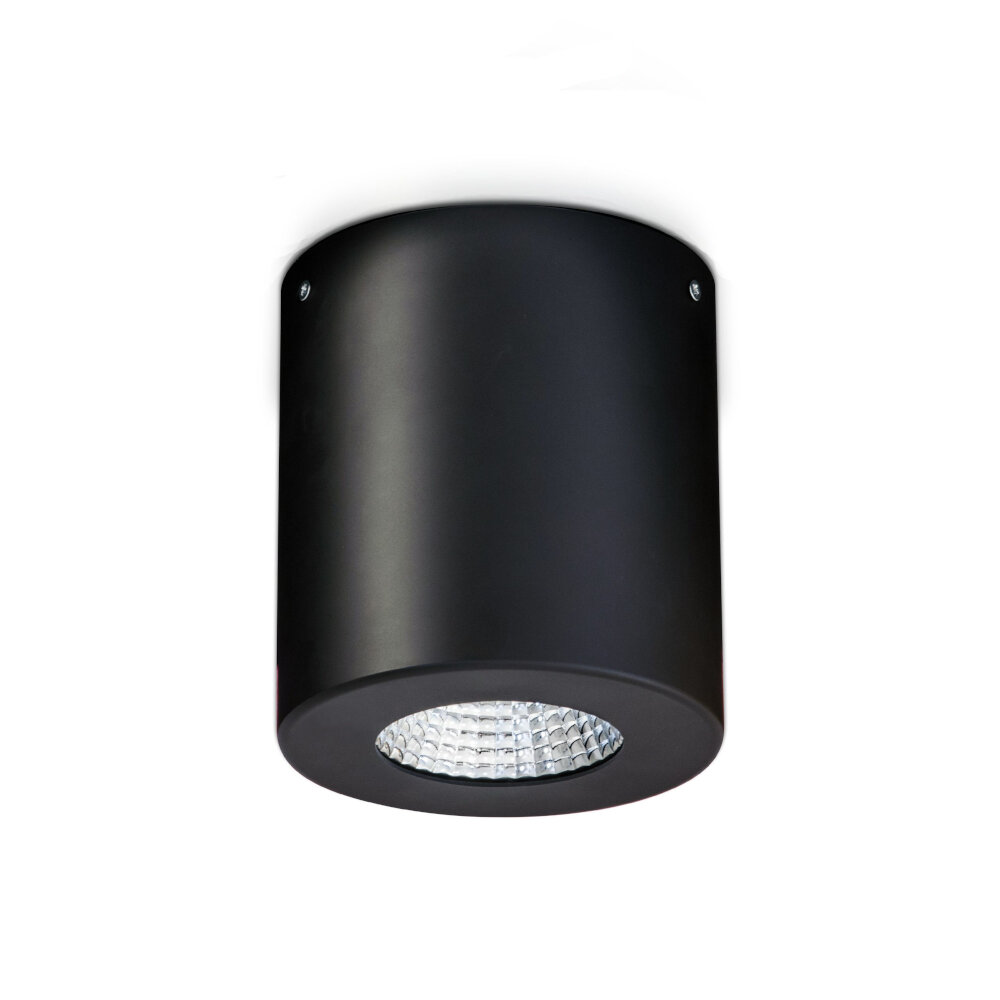
In conclusion, while LED light bulbs have become increasingly popular due to their energy efficiency and longevity, it’s important to consider the downsides and disadvantages that come with them. These include issues such as high upfront costs, potential health risks due to blue light emissions, and the need for proper disposal due to their electronic components. It’s crucial to weigh these factors against the benefits of LED technology before making the switch to ensure that you’re making an informed and sustainable choice for your lighting needs. Overall, LED light bulbs are a promising innovation, but it’s important to approach them with a critical eye and an understanding of their limitations.



